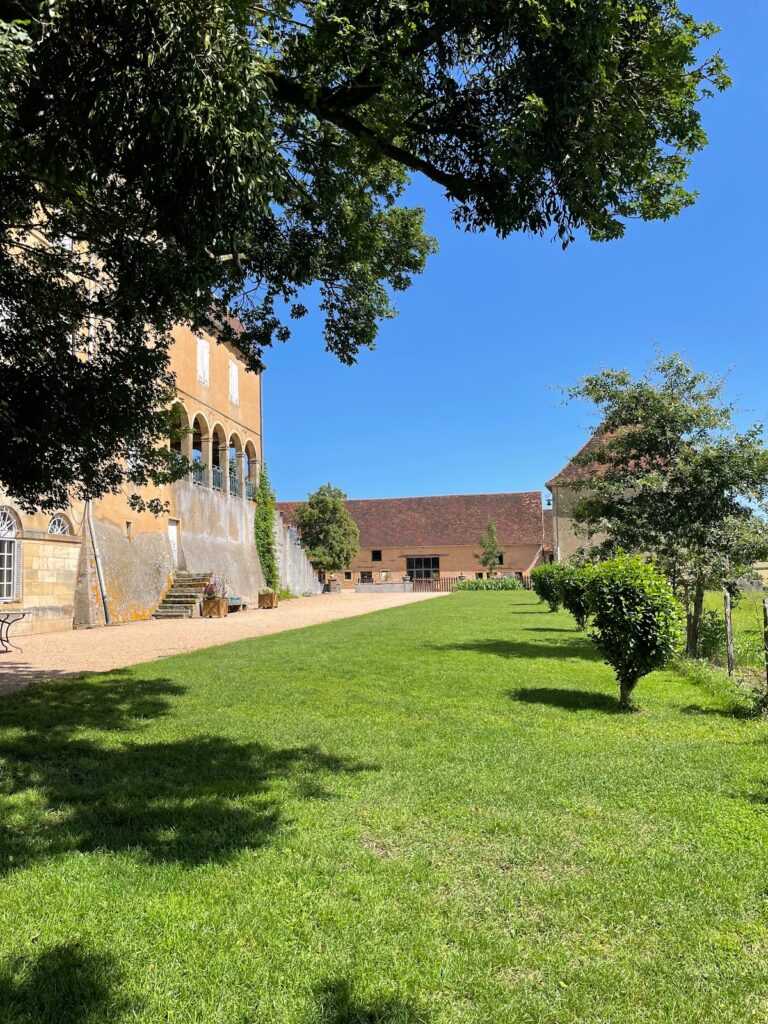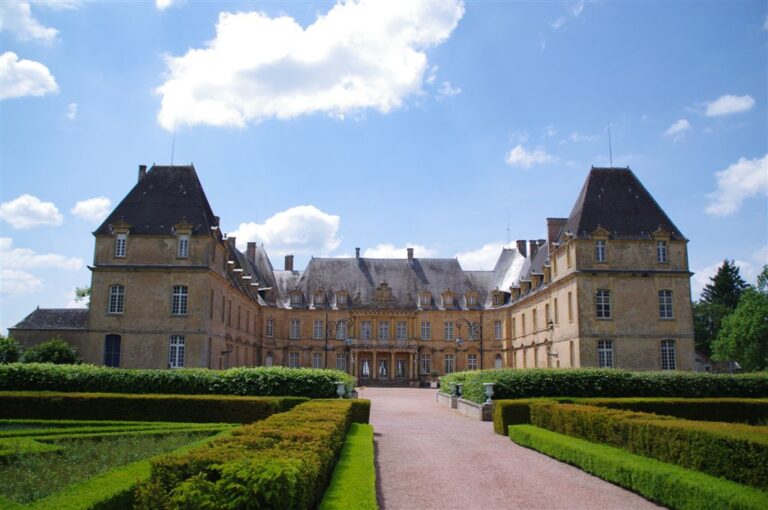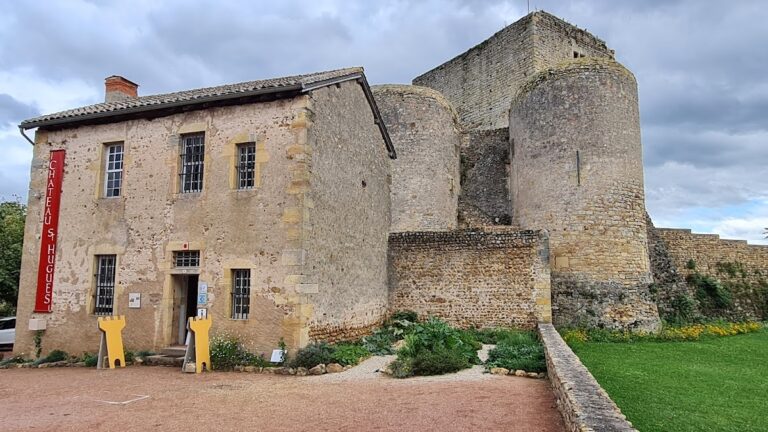Château de Cypierre: A Medieval and Historic French Château in Volesvres
Visitor Information
Google Rating: 4.8
Popularity: Very Low
Google Maps: View on Google Maps
Official Website: chateaudecypierre.fr
Country: France
Civilization: Unclassified
Remains: Military
History
The Château de Cypierre is situated in the commune of Volesvres in France and was originally constructed by medieval French builders. The site’s earliest recorded mention dates back to 1262, when Guillaume de Cypierre held it as a fortified house under the authority of the duke, indicating its origins as a defensive dwelling during the Middle Ages.
Throughout its history, the château passed through the hands of several noble families, reflecting the common practice of inheritance and property transfer among the French aristocracy. In the early 1500s, ownership moved to Pierre de Marcilly and subsequently to his son Philibert de Marcilly, who notably served as bailli (a local administrative and judicial officer) of Autun and acted as governor to the future King Charles IX. This connection to royal service highlights the château’s integration within the broader political and administrative framework of the time.
During the 17th and 18th centuries, the property changed ownership multiple times. In 1628, it came under the Legoux de La Berchère family, but was sold eleven years later to Jean Boyveau. By 1720, the Perrin family acquired the château, including prominent members such as Jean-François-Claude Perrin de Cypierre and his son Adrien Philibert Perrin de Cypierre de Chevilly, who maintained it for generations.
In the 19th century, the château experienced ties to notable military families through marriage. Marguerite Perrin de Cypierre’s union with a member of General de Caulaincourt’s family in 1849 brought new connections, followed by later descendants entering into the Kergorlay and Bastard families. These intertwined lineages remain associated with ownership up to the present day.
The château endured damage during the Second World War when French resistance fighters, known as maquisards, caused destruction to parts of the building in 1944. Despite such challenges, the site was recognized for its historical importance and officially designated as a historic monument on December 23, 1985. It has remained in private hands since its origins.
Remains
The Château de Cypierre presents a complex layout structured around several distinct architectural components, constructed mainly of stone. Central to the site is a large donjon, or fortified tower, which dates predominantly back to the 12th century. This imposing structure is situated atop a raised earthwork known as a motte, reflecting typical medieval defensive design intended to provide elevated protection and surveillance.
Attached to one corner of the château is a square turret from the 14th century, notable for containing a spiral staircase that would have facilitated internal movement between floors. This element adds to the defensive character of the building while ensuring access throughout.
In an internal angle between the donjon and this turret stands an 18th-century building, marking a period of expansion or renovation reflecting changing needs and styles of habitation. Nearby, a long rectangular building constructed in 1823 connects both the donjon and the turret; this structure suffered partial damage during the events of 1944, when the site was targeted by resistance fighters.
Access to the château’s eastern façade is provided by a terrace approached via a double-flight straight staircase featuring a landing. This design offers both a grand approach and functional movement up to the main entrance of the 18th-century section.
On the western side of the property lies a chapel that predates 1818. This religious building was dismantled and then rebuilt in 1901, indicating a significant restoration effort while preserving its spiritual role on the estate.
Surrounding the main buildings to the east is a courtyard encircled by outbuildings arranged for service and support functions. The courtyard opens toward the north through a carriage gate crowned by a dovecote constructed in 1831, a common feature on estates designed for housing pigeons or doves.
Among the defensive features, a turret embedded within the service buildings is equipped with two machicolations—also referred to as bretèches—small openings through which defenders could drop projectiles on attackers below. Together with the donjon, these machicolations represent the last remaining fortified elements of the château, marking its medieval origins.
Overall, the Château de Cypierre stands as a layered historical site, showing phases of medieval fortification, later residential extensions, and 19th-century modifications. Its stone construction remains in situ, although some parts have been altered or restored over the centuries. The château continues to be a privately held property and is not accessible for public visitation.










